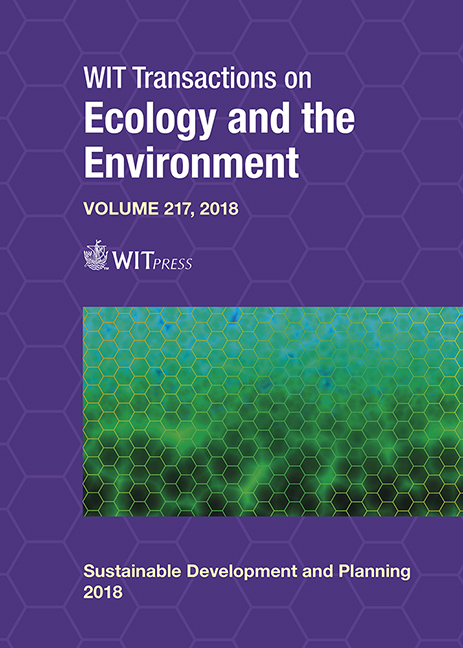ADAPTIVE URBAN TRANSFORMATION: CITIES IN CHANGING HEALTH AND WELLBEING CONDITIONS
Price
Free (open access)
Transaction
Volume
217
Pages
10
Page Range
247 - 256
Published
2018
Size
420 kb
Paper DOI
10.2495/SDP180231
Copyright
WIT Press
Author(s)
ELZBIETA D. RYNSKA, KRYSTYNA SOLAREK
Abstract
Current spontaneous development is particularly characteristic to the urban areas of the Southern, Eastern and Central parts of Europe where the urban structure has historically been very compact, but in the past few decades have started to grow rapidly outward. Therefore, it is apparent that new policies and tools are necessary to control urban transformations. This paper is dedicated to research based on the modern approach to the application of an urban idea introduced first in Warsaw’s development plans in the beginning of the 20th Century. Research is presented on the canvas of a concept dedicated to the improvement and redefinition of cities that have appeared for the past hundred years and today are undergoing transformation. This study briefs on chosen development plans of Warsaw. Research is based on the first modern plans for Warsaw, presented in the beginning of the 20th Century. These ideas were unified with the aim to propose a model urban development of Warsaw, which would allow achievement of a possible best air parameters within city limits achieved through a connection with surrounding urban region. Described concept of a city air exchange system, forgotten for many years, now due to high air pollution within urbanized areas, has appeared again as a more modern approach and is presently beginning to be used as one of the city management tools. The result of this study is to propose a new approach to the spatial structure transformation of Warsaw, based on the historically established ideas but better suited to the current conditions, and in the same time guaranteeing the proper flow and circulation of air in the city.
Keywords
urban transformation, spatial structure, adaptation to climate change, Warsaw, development plan, air circulation





